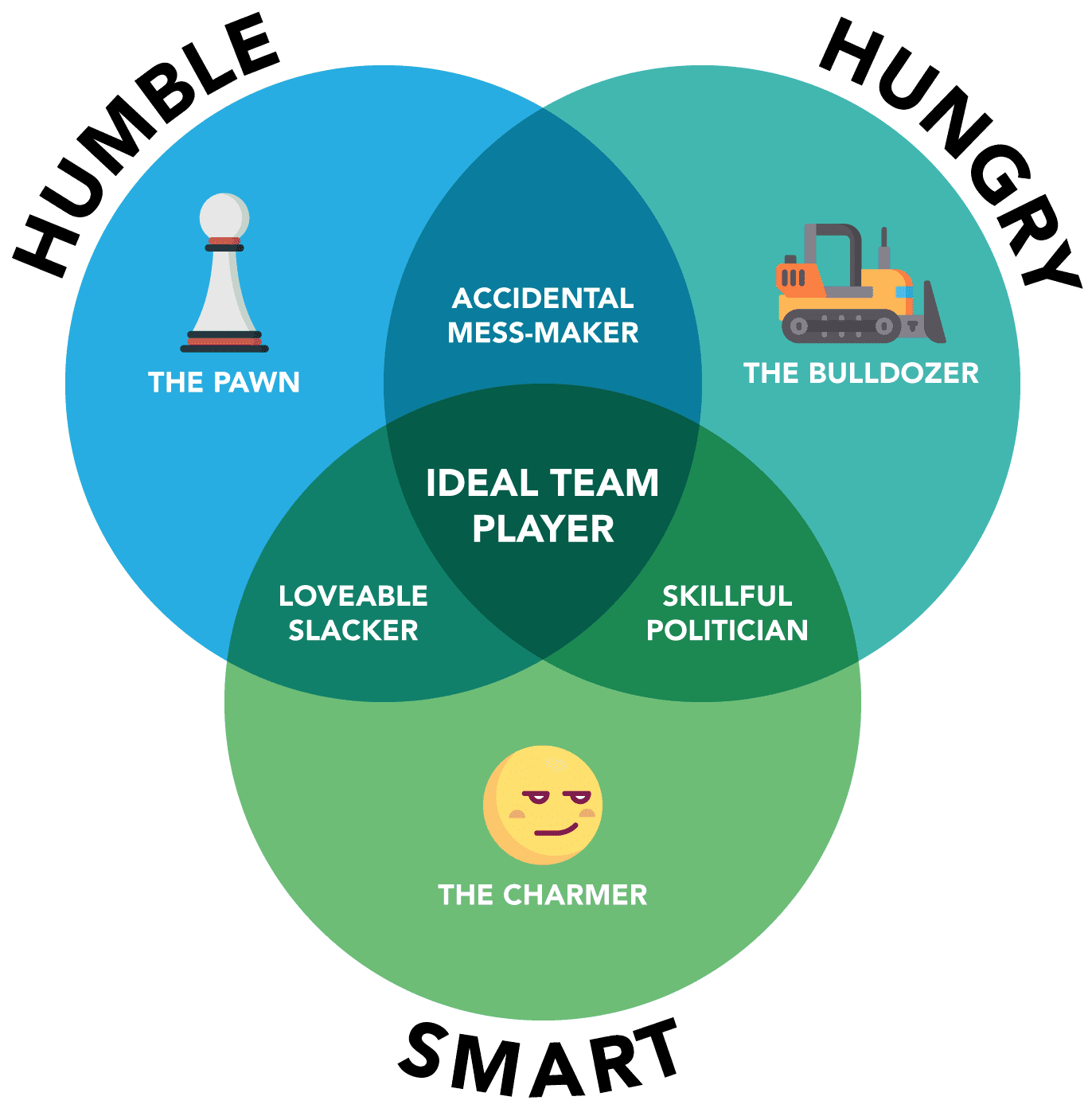OK – so you get it. You know that hiring A-Players is critical to your growth plans. It’s the difference between chugging along and motoring down the fast lane. Knowing this is one thing. Doing it is another. You may have spent time on your talent strategy and understand exactly who you’re targeting. But without optimising your recruitment and interviewing process, you may as well give up now.
Most companies have no formalised approach to interviewing A-Players (the top 10% of available talent for a given job, salary and location). Their HR team might know how to keep them out of an employment tribunal due to their comprehensive compliance knowledge. But many of them can’t interview to save their lives. There’s no process. No unified and agreed approach. HR people are generalists when it comes to interviewing the same way as managers.
There are a couple of places to start. You could do a deep dive into Topgrading – a corporate hiring and interviewing methodology. It gives a detailed and specific formula – your HR team would need to take this on and certify. But when Executives ask me how to get better at interviewing, I suggest Patrick Lencioni’s ‘Ideal Team Player’ as an interviewing methodology. It’s free, easy to use and provides a practical template for your entire hiring team to follow.
What is ‘Ideal Team Player’?
The genesis of this tool came about when Pat and his fellow Table Group team worked in a former Silicon Valley tech business. They debated the values of their team – all the qualities that made them great at what they did. When they set up the Table Group, they used these as a template to recruit more good people. They realised that they’d stumbled on a form of words that applied to ideal team players in any business. It could be used as a filter to ask whether applicants possessed the indispensable virtues needed, irrespective of the role they’re applying for. Lencioni wrote an entire book, ‘Ideal Team Player’ on this subject. It presents a robust framework and easy-to-use tools for identifying, hiring and developing ideal team players in any organisation.
The three essential virtues

The tool is drawn as a Venn diagram with three interlocking circles. The first is ‘humble’. It’s first for a reason as it’s the essential virtue of a great team player. Being humble means not having a big ego or concerns about status. Humble people are quick to point out the contributions of others and say thank you. And slow to seek recognition for their contribution. They share credit, emphasise team over self, and define success collectively rather than individually.
Humility is important because it can be hard to build trust in teams without it. People who lack humility find it challenging to be vulnerable. And trust is based on vulnerability.
The second virtue is ‘hunger’. Ideal team players are driven. They’re always looking for more things to do, more to learn, and more responsibility. Curiosity is a significant characteristic here. They want to learn and grow. Hungry people rarely have to be pushed by a manager to work harder because they’re self-motivated and diligent. They’re constantly thinking about the next step and the next opportunity.
Arguably, you might be able to coach someone to be more humble. But hunger is innate. You’ve either got the drive, or you haven’t. It’s binary. This is the difference between being a seven and a nine in terms of performance. And sevens can kill your business.
The third attribute is ‘smart’, and here, Lencioni refers to people’s emotional smartness. Emotional intelligence will enable an ideal team player to pick up what’s happening in a group situation and deal effectively with others. They have good judgment and intuition around the subtleties of group dynamics and the impact of their words and actions. You could argue that EQ is coachable to a certain extent.
What happens if one virtue is lacking?
I’m fascinated by the overlaps between these three virtues and what happens when one or both are lacking. If you only have humility, you’re a ‘pawn’. Easy to push around and manipulate. Not very useful, but the company probably won’t get rid of you. If you’re smart, you’re a ‘charmer’. A bit of a chancer. People will warm to you, but you won’t do much work. And if you only possess hunger, you’re likely to be a ‘bulldozer’. Money-driven salespeople spring to mind here or toxic A-Player characters who have no EQ but are kept on because they bring in revenue.
Similarly, the overlap between humble and hungry leads to ‘accidental mess makers. Because there’s a lack of smartness around people, they’re prone to step on toes and create interpersonal issues. Smart and humble people are ‘loveable slackers’. They’re nice to have around but not very productive. And driven, smart people are ‘skilful politicians’. They’re arrogant and manipulative. Everything’s always about them.
How to use Ideal Team Player
Armed with the knowledge gained from this tool, you can use it to guide all your interviews. Once you’ve screened applicants for skills, adopt some more unconventional techniques. Turn over the CV and get them to tell you about all the things that aren’t on it. Suggest they draw a picture of something that motivates them and gives them joy. Probe them about any successes or failures at work. Talk about why they left a job, why they took the next one.
All the time, you’re listening for the three virtues of the Ideal Team Player. You’re measuring them on their humility, drive and EQ. If they changed jobs, was it because they didn’t get on with their boss? Maybe this implies a lack of EQ. Or was it because they felt they’d stopped learning? That tells you about their drive. Look at all the decisions applicants have made through this lens. Do they have the three essential characteristics you want?
Make sure the whole interview team is on board. Suggest they read Lencioni’s book to get a complete understanding, or read this blog. Every applicant should be interviewed several times. My preferred approach is four touchpoints, based on work at Google looking at how many touchpoints make the process robust but not too lengthy.
Firstly, an initial phone screen. Here you can quickly establish skills and first impressions about their personality and motivations. Secondly, an interview with your hiring team where you go deeper into their motivations, perhaps using something like the picture-drawing exercise mentioned earlier. Thirdly, get them back for a presentation where you’re looking for passion and drive again. And finally, to meet the team. At every point in this process, you’re interviewing through the lens of Ideal Team Player, as is the rest of the hiring team. You all need to agree that this person is hungry, smart and humble enough to come and work for you.
Hire for attitude
Now you can say, hand on heart, that you’re hiring for attitude. Companies pay lip service to this, but Ideal Team Player is a process you can put around it. It’s not complicated, and it doesn’t need HR involvement. It provides you with a behavioural model for your culture that you’re using to get the best people on board. Combine this with a job scorecard, and you’ll also have an excellence model from a productivity perspective. Using both of these together, there’s a much higher chance of finding the right people for the roles you’re hiring.
And because you now have a behavioural model, your team can share in advance and do retrospectives against it. So if a hire doesn’t work out, look back and ask some questions. What didn’t we do? What did we not ask? How do we make this better next time? And you can iterate the model, improving it each time you use it.
———
Remember, your teams will only move as fast as their weakest link. You can’t build trust if people don’t have humility, you won’t get stuff done if there’s no drive, and your culture will suffer if people lack EQ. Remember these three virtues when recruiting and be super-selective about who you hire. Then you will have the high performing teams you need for growth.
Written by business coach and leadership coaching expert Dominic Monkhouse. Contact him to schedule a call here. You can order your free copy of his book, Mind Your F**king Business here.

